Computability Theory
Introduction
Computability theory, also known as recursion theory, is a branch of mathematical logic that originated in the 1930s with the works of Kurt Gödel, Alonzo Church, Alan Turing, Stephen Kleene, and others. It is concerned with the question of what can be computed by a machine, and which problems are solvable within various formal systems Formal Systems.
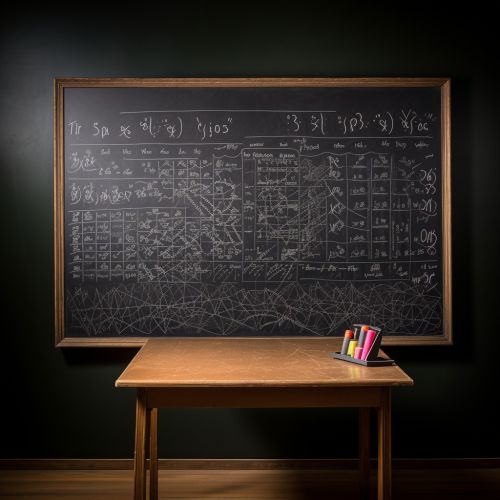
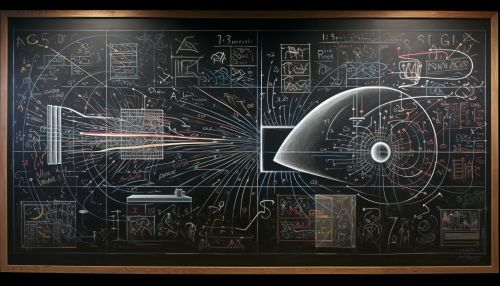
Formal Systems and Models of Computation
Computability theory is closely tied to the development and analysis of formal systems and models of computation. A formal system is a system of symbols and rules for manipulating these symbols; it serves as a framework within which mathematical reasoning can be done. Models of computation, on the other hand, are abstract machines that precisely define what it means for a function to be computable.
Turing Machines
One of the most significant models of computation is the Turing machine, proposed by Alan Turing in 1936. A Turing machine is an abstract device that manipulates symbols on a strip of tape according to a table of rules. Despite its simplicity, a Turing machine can be adapted to simulate the logic of any computer algorithm, and is used as a reference point in computability theory.
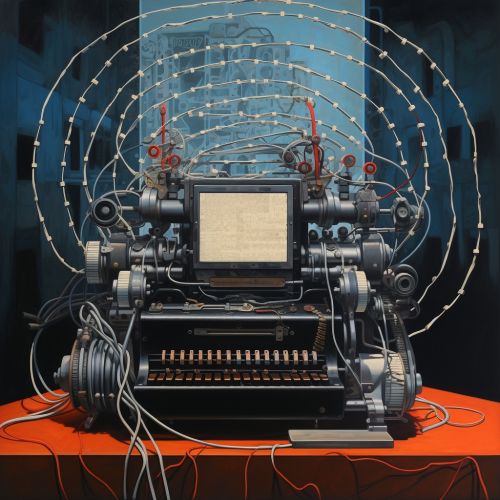

Lambda Calculus
Another important model of computation is the lambda calculus, introduced by Alonzo Church in the 1930s. The lambda calculus is a formal system for expressing computation based on function abstraction and application using variable binding and substitution. It is a universal model of computation that can be used to simulate any Turing machine.
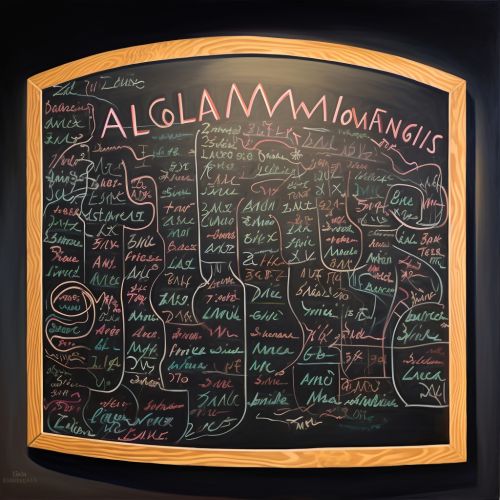
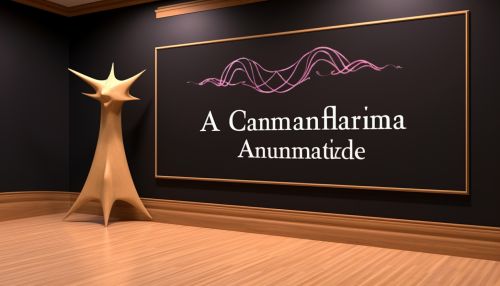
Computable Functions and Decidable Problems
In computability theory, a function is considered computable if there exists an algorithm that can calculate the function for any given input in a finite amount of time. Similarly, a problem is decidable if there exists an algorithm that can determine the answer to the problem in a finite amount of time.
The Halting Problem
One of the most famous problems in computability theory is the halting problem. Proposed by Alan Turing in 1936, the halting problem is the problem of determining, from a description of an arbitrary computer program and an input, whether the program will finish running, or continue to run forever. Turing proved that a general algorithm to solve the halting problem for all possible program-input pairs cannot exist, leading to the concept of undecidability.


Complexity Theory and Computability
Complexity theory, a subfield of computability theory, focuses on classifying computational problems according to their inherent difficulty, and relating these classes to each other. A computational problem can be viewed as an infinite collection of instances together with a solution for every instance. The input string for a computational problem is referred to as a problem instance, and should be encoded in some standard way, for example, as a binary string. Complexity theory is also interested in the amount of resources needed by a machine to solve a given problem.
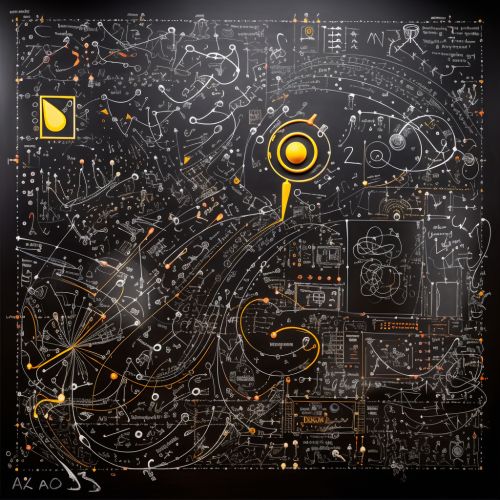
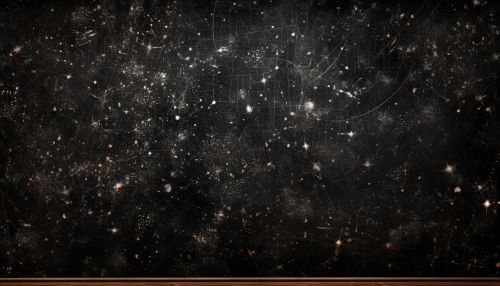
Conclusion
Computability theory continues to be a vital field of study in computer science and mathematical logic, with implications for philosophy, cognitive science, and artificial intelligence. Its concepts and models form the foundation of our understanding of computation and problem-solving.
